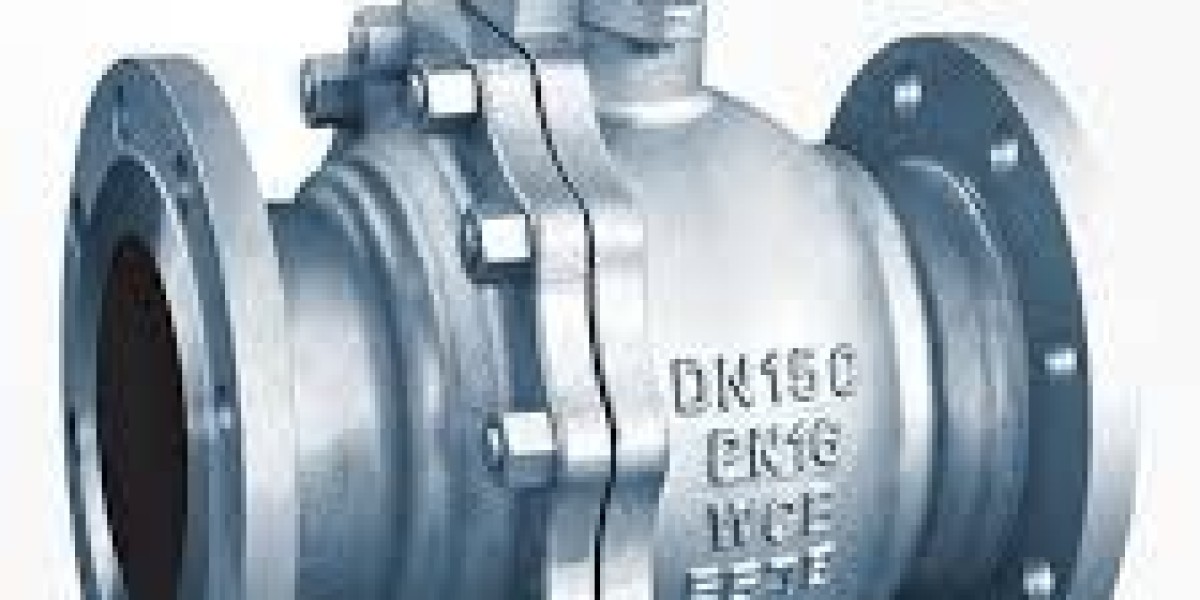In the world of industrial automation and robotics, an actuator motor is a fundamental component driving efficiency, precision, and reliability. These motors are essential in converting electrical energy into mechanical motion, playing a pivotal role in various applications ranging from manufacturing processes to robotics and even in everyday consumer devices. Understanding how actuator motors work and their role in automation is crucial for industries seeking to improve their systems’ performance and functionality.
In this blog, we’ll explore what an actuator motor is, how it works, its types, applications, and why it is so important in today’s technological landscape.
What is an Actuator Motor?
An actuator motor is a device that uses electric current to create rotational or linear movement, depending on the type of actuator. These motors are responsible for moving or controlling a mechanical system. They convert electrical energy into mechanical motion, which can then be used to drive machines, valves, gears, and other equipment. The term "actuator" refers to any device that causes movement, and when combined with a motor, it becomes a vital part of control systems for automation.
Actuator motors are typically used in systems that require precise movement or controlled responses. Whether it’s adjusting the position of a robotic arm, regulating the valve in a pipeline, or powering a conveyor belt, these motors provide the necessary force to execute the desired movement.
How Does an Actuator Motor Work?
The core function of an actuator motor is to produce motion, and this is achieved by converting electrical energy into mechanical energy. Here’s a basic breakdown of the process:
- Input Signal: A control system sends an electrical signal (usually DC or AC) to the motor. This signal determines the direction, speed, and torque that the motor needs to apply.
- Motor Activation: The electrical current flows through the windings of the motor, creating a magnetic field. This magnetic field interacts with the stator and rotor to generate rotational force or torque.
- Movement Output: The rotational force is transmitted to the connected mechanical system, causing movement. In the case of a linear actuator, the motor may drive a screw or piston to create linear motion.
- Feedback: In many actuator systems, feedback mechanisms (such as sensors or encoders) relay information to the control system about the motor’s position or performance, ensuring precision and accuracy in operation.
Types of Actuator Motors
There are several types of actuator motors, each designed for specific applications depending on the desired motion type (rotational or linear), power requirements, and operational environment. The most common types are:
1. DC (Direct Current) Actuator Motors
- Features: DC motors use direct current to create motion, making them ideal for systems requiring variable speed control.
- Applications: They are often used in robotics, automotive applications, and small-scale automation systems.
- Advantages: Offer precise control over speed and torque, making them suitable for tasks requiring variable motion.
2. AC (Alternating Current) Actuator Motors
- Features: AC motors operate on alternating current and are generally more powerful and robust than DC motors.
- Applications: Commonly used in industrial machines, pumps, and HVAC systems.
- Advantages: Provide high efficiency and are ideal for high-power applications.
3. Stepper Motors
- Features: Stepper motors divide a full rotation into equal steps, offering precise position control.
- Applications: Widely used in 3D printers, CNC machines, and other applications that require precise positioning.
- Advantages: Extremely precise with minimal maintenance, making them perfect for accurate, repetitive movements.
4. Servo Motors
- Features: Servo motors are high-precision motors with built-in feedback mechanisms to adjust the motor’s position.
- Applications: These motors are used in robotics, conveyor belts, and automated machinery that require constant position adjustments.
- Advantages: Highly accurate, they provide excellent torque and speed control in dynamic systems.
5. Linear Actuator Motors
- Features: Linear actuators convert rotational motion into linear motion, usually via a lead screw or hydraulic system.
- Applications: Used in systems like adjustable beds, industrial machinery, and automotive lifts.
- Advantages: Provide direct linear movement, ideal for applications where space-saving and precise positioning are required.
Applications of Actuator Motors
Actuator motors are used in a wide range of industries and applications where movement, control, and automation are required:
- Robotics: Actuator motors are used to drive the movement of robotic arms, legs, or wheels, enabling robots to perform tasks with precision, such as assembly, inspection, and packaging.
- Manufacturing: In automated production lines, actuator motors control conveyors, presses, and other machinery to perform tasks like material handling, sorting, and packaging.
- HVAC Systems: Actuators control dampers, valves, and dampening systems in heating, ventilation, and air conditioning systems, ensuring proper air flow and temperature regulation.
- Aerospace and Automotive: Actuator motors are used in various components such as aircraft flaps, landing gear systems, car seat adjusters, and power windows.
- Medical Equipment: Actuators drive the movement of medical devices like MRI machines, surgical robots, and infusion pumps, ensuring precise control for patient care.
- Energy Systems: Actuator motors are used in solar panels, wind turbines, and power plants to adjust the angle of panels, control turbines, and regulate pressure valves.
Benefits of Using Actuator Motors
- Precision and Accuracy: Actuator motors allow for precise movement, making them ideal for applications that require exact positioning.
- Automation: They are a key enabler in automating systems, reducing the need for human intervention and improving operational efficiency.
- Reliability: Actuator motors are built to last, providing dependable performance in demanding environments.
- Energy Efficiency: These motors are designed to operate efficiently, reducing power consumption and extending the lifespan of equipment.
- Versatility: With a variety of motor types and configurations, actuator motors can be used in a broad range of industries and applications.
Conclusion
An actuator motor is a cornerstone of modern automation, playing a critical role in driving precise movement across a wide array of systems. Whether in robotics, industrial automation, or consumer electronics, these motors provide the power, control, and accuracy required to execute complex tasks efficiently and reliably.
By understanding the different types and applications of actuator motors, industries can select the most suitable motor for their needs, ensuring optimal performance, safety, and cost-effectiveness. As technology continues to evolve, actuator motors will remain integral to innovations across all sectors, driving the future of automation and intelligent systems.







